2017 Ford Explorer impressions: road tested, family approved
High-end tech and plenty of luxury

Five grown men, two Major League Baseball games, and an epic hike through Great Smoky Mountains National Park. Oh, and a chariot: the 2017 Ford Explorer Platinum. We set out to discover whether or not Ford's newest Explorer is indeed the road-tripper that it purports to be, with a focus on how the inbuilt tech made the trip more efficient and enjoyable.
What we found was a wonderful all-around vehicle that's not only suitable for family gatherings, but peppered with a laundry list of technological advancements at a price that's market-leading.
Driving tech
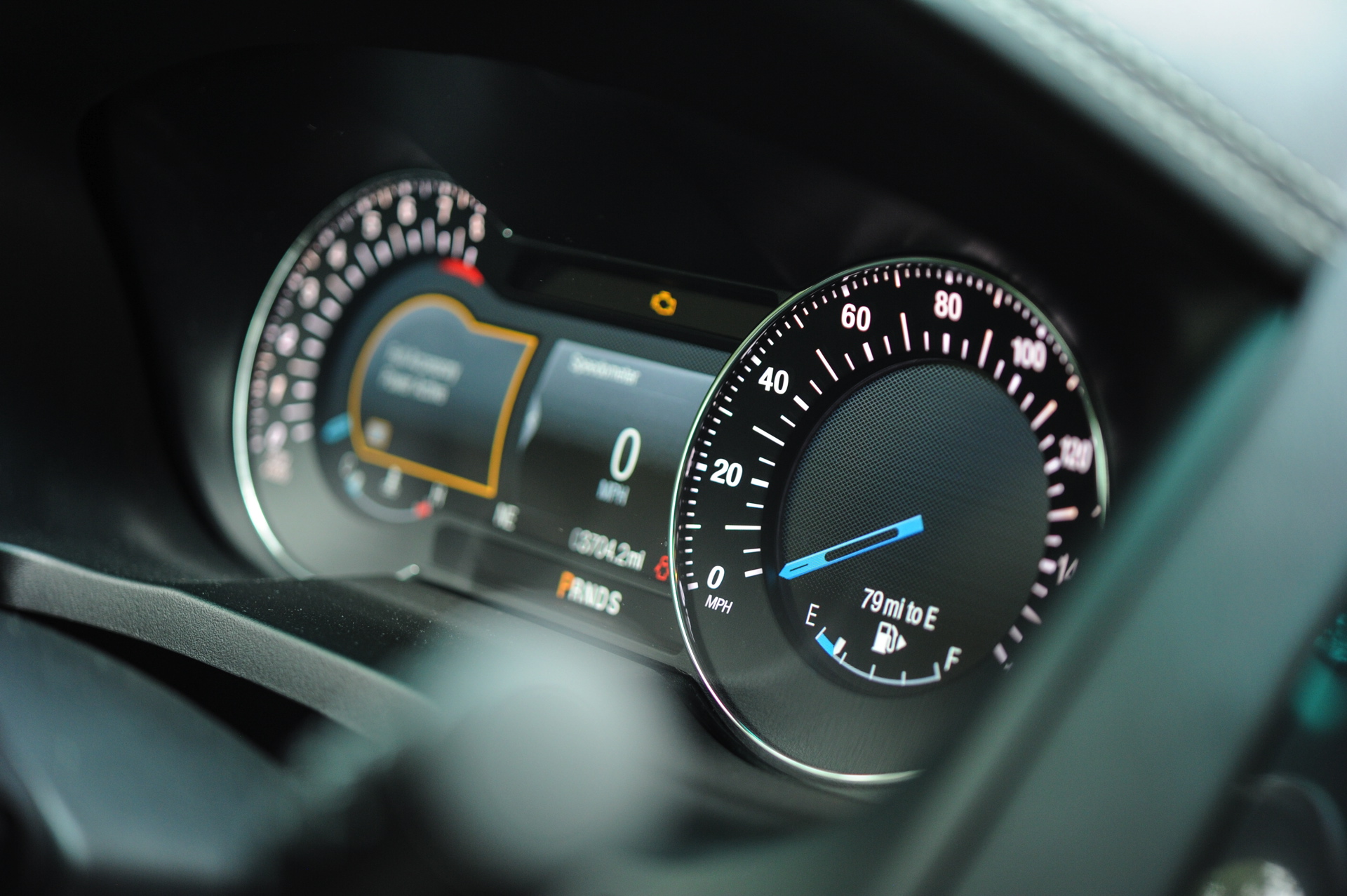
Ford's 2017 Explorer starts at just over $31,000, though our tester was a relatively loaded Platinum model that rang up at around $55,000. That $24,000 delta looks cavernous on paper, but for those seeking the ultimate SUV, it's well worth it. Consider this: just last week we spent time in a Range Rover, which is smaller and only capable of seating five. Despite all of that, it costs nearly $100,000. And, if we're honest, the Explorer is just as capable for the vast majority of Americans who'd be in the market for a vehicle such as this.
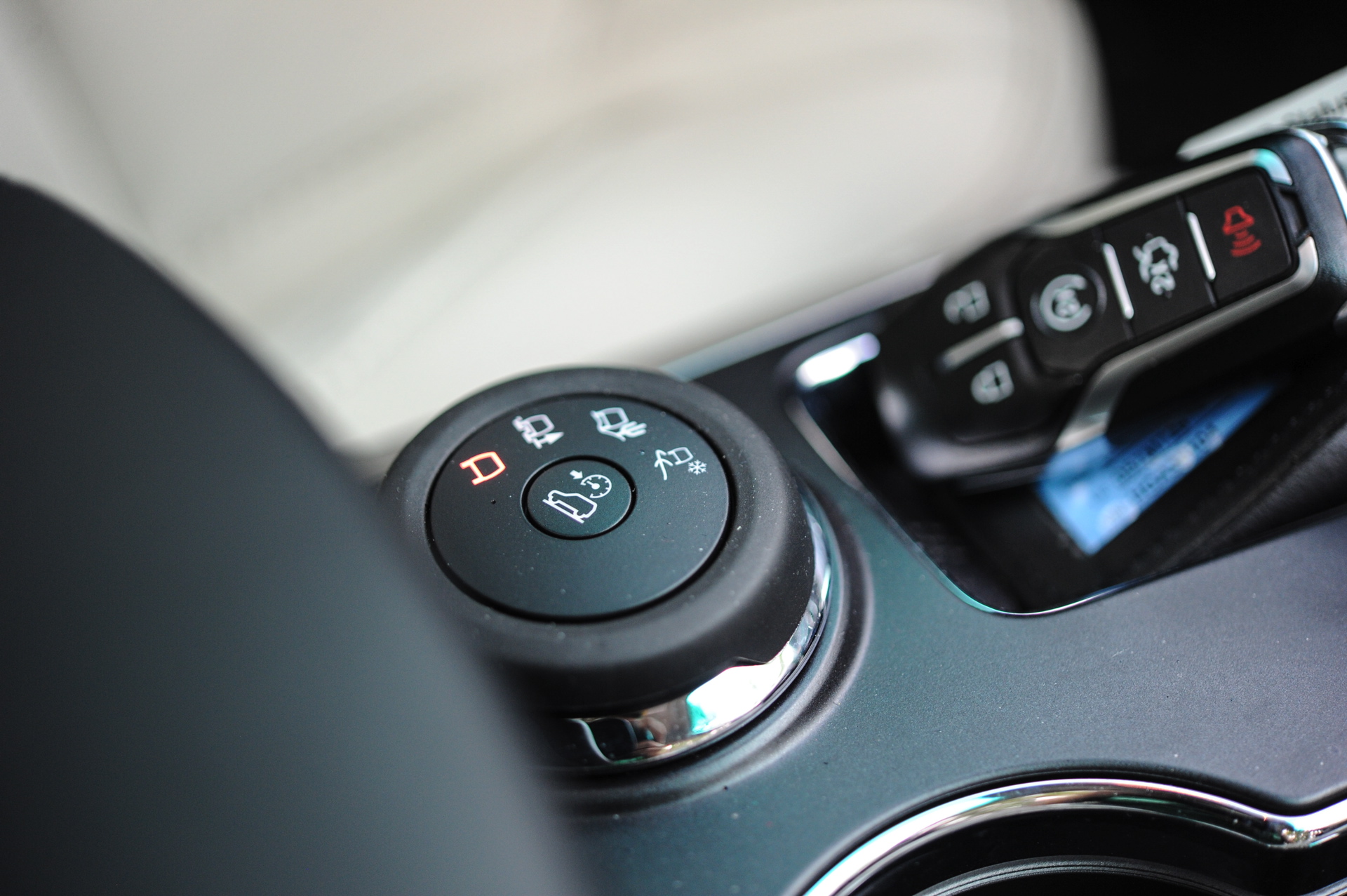
The Intelligent 4WD system is remarkable. We didn't venture into off-road territory, but we did drive through nearly 150 miles of torrential rains. Having all four wheels powering into the pavement made handling a joy, and it's moments like these that we're reminded of why all-wheel drive is so important. It's not the rock crawling -- it's the everyday motoring.
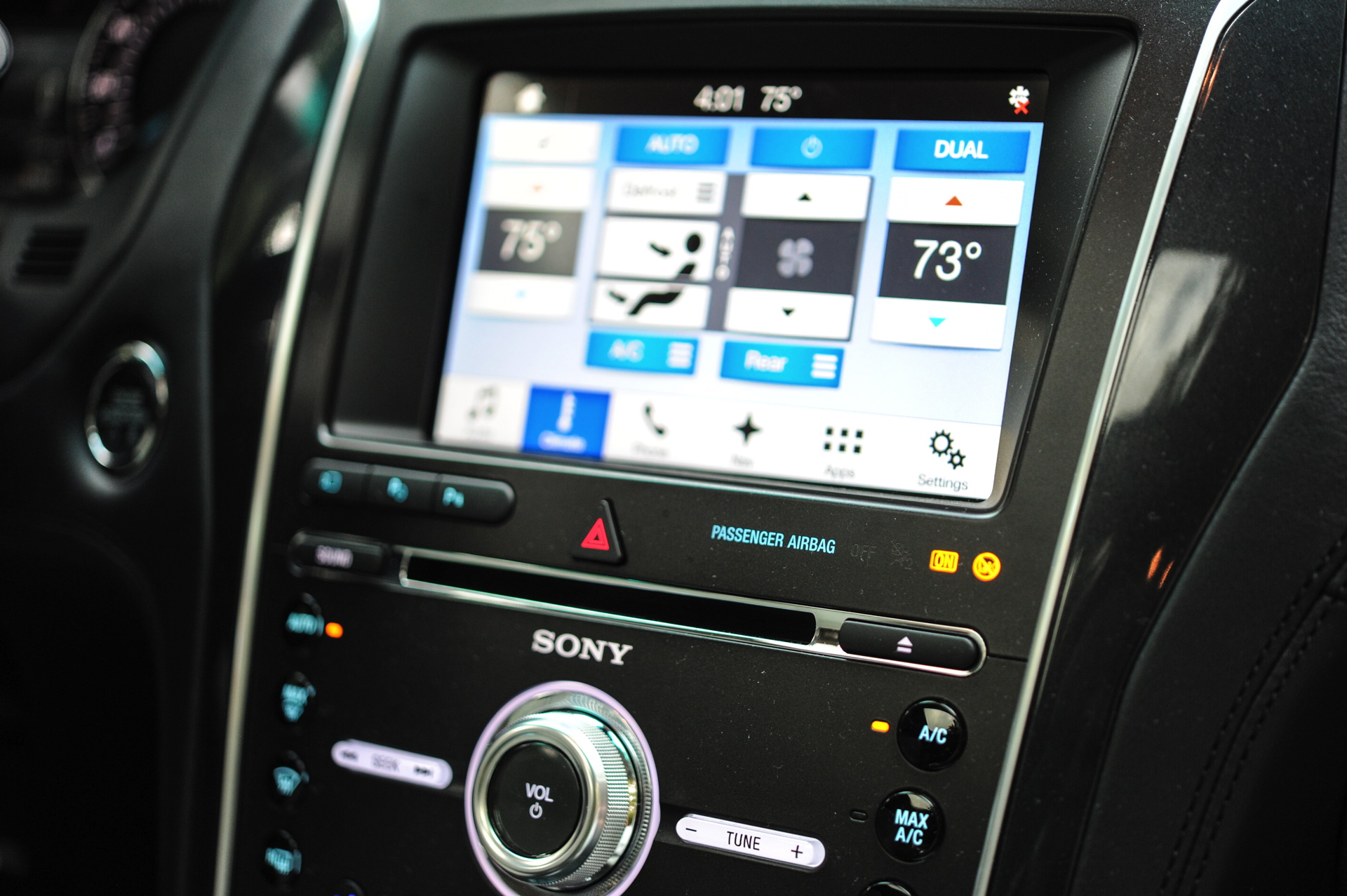
Roll Stability Control and Curve Control are both standard, and if you opt for the 4WD model, you'll get a Terrain Management System as well – that's a central dial that allows you to easily tweak the platform to better handle a variety of terrain.
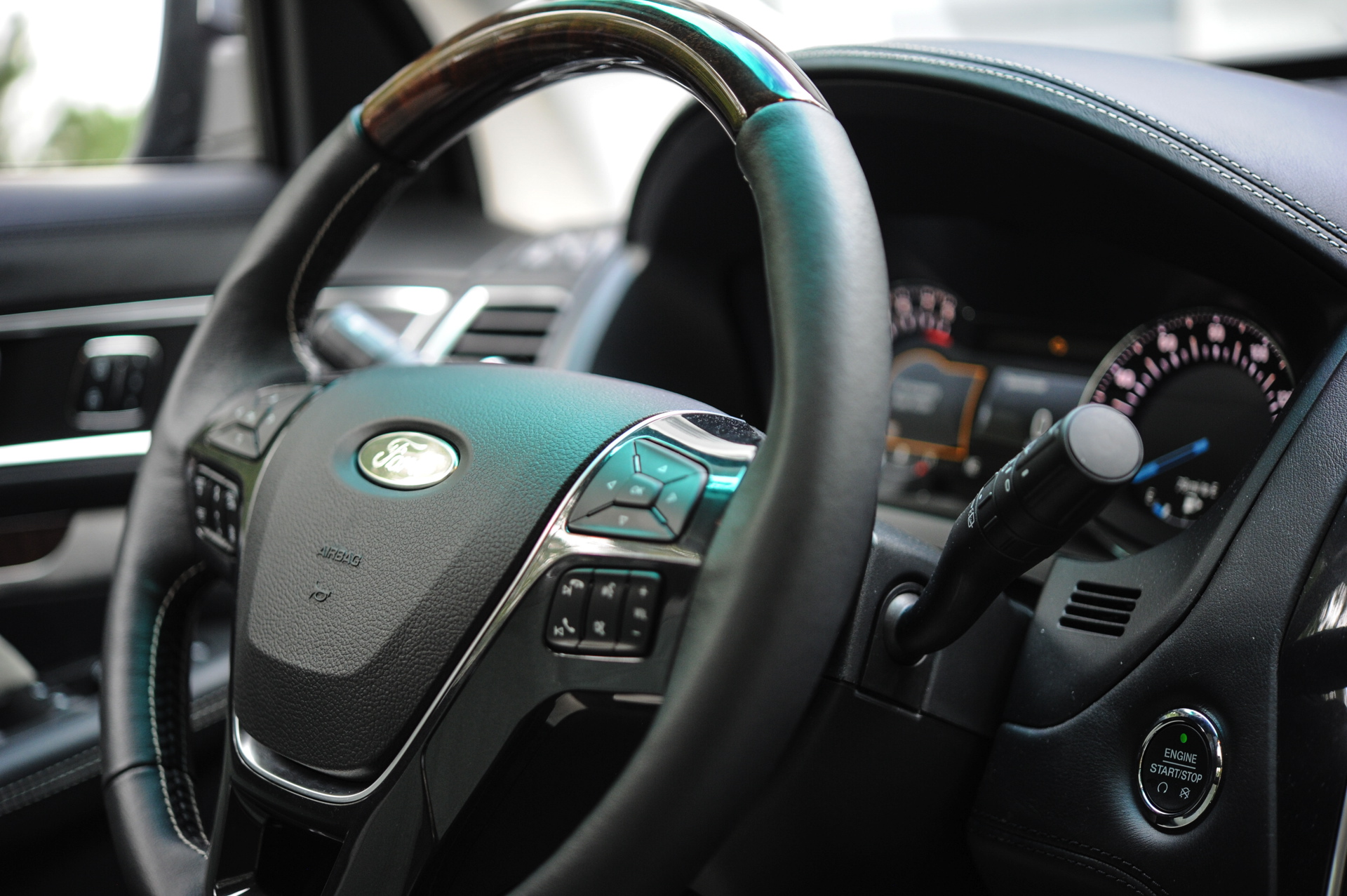
Ford's EcoBoost technology continues to impress. The 2.3L EcoBoost engine comes standard, but the optional 3.5L EcoBoost V6 in our tester was nothing short of thrilling. With five adults and a hefty stack of luggage, we had the Explorer loaded down. Despite that, the engine never labored, even when accelerating up steep inclines in the North Carolina mountains. Ford even throws in paddle shifters, and we know why: it's an SUV, but you can definitely throw it around the curves if you've informed your passengers to hang on.
Safety first
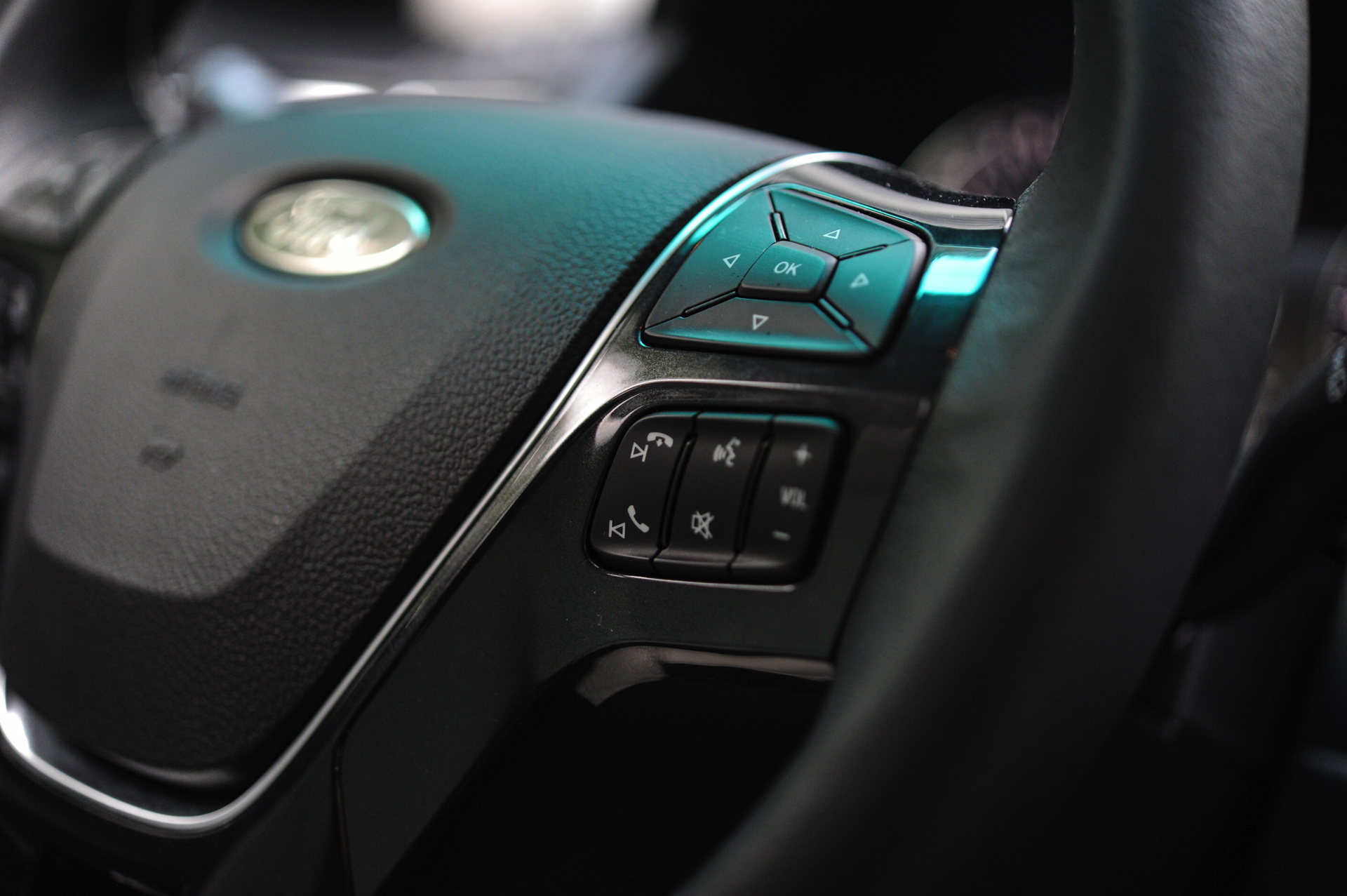
Perhaps the most impressive array of tech on the 2017 Ford Explorer comes on the safety front. Our test model's adaptive cruise control worked flawlessly, even in unpredictable Atlanta traffic and through a downpour. You set the cruise as you normally would, and then you set the distance level that you'd like to be kept from the vehicle in front of you.
Sign up for breaking news, reviews, opinion, top tech deals, and more.
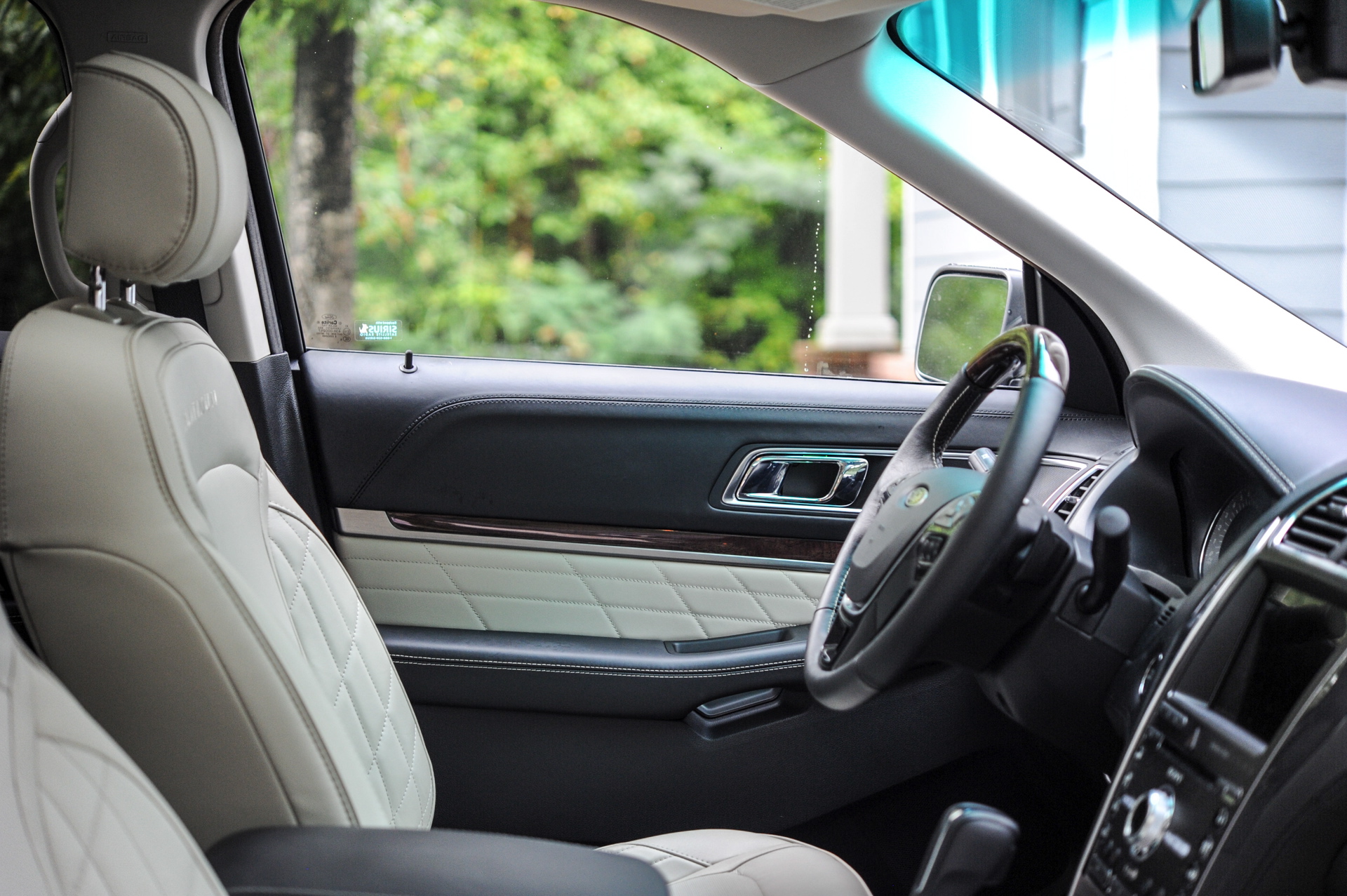
What's so remarkable about driving behind such a system is the stress that it removes from driving. It slows and accelerates so effortlessly that you don't even have time to become exasperated at the ebb and flow of traffic. You forget to get perturbed that someone in front of you isn't going the exact same speed as you. It's almost certainly an unintended boon, but man, it's glorious.
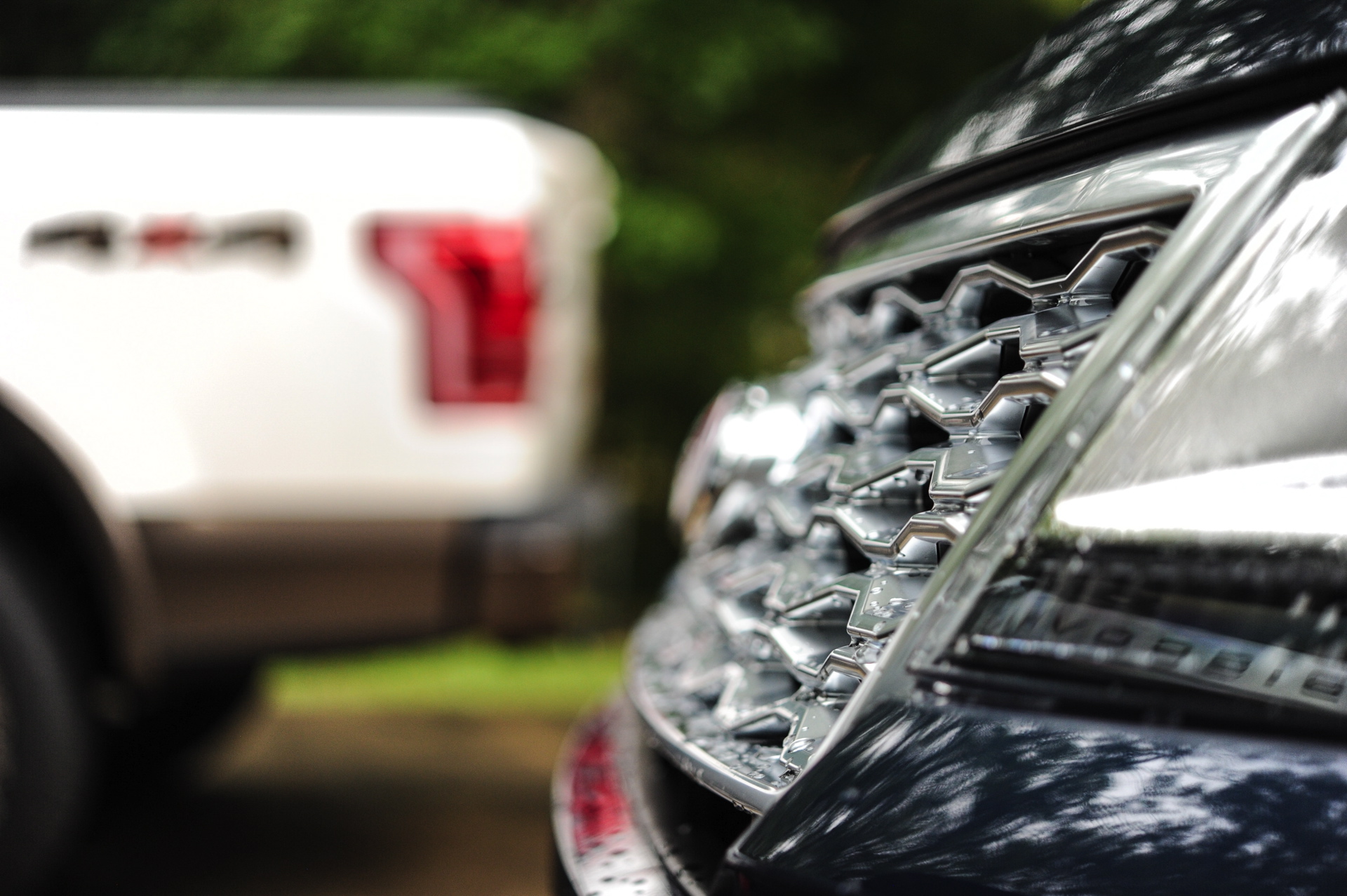
It also keeps you safe. We had a car cut into our lane and immediately slam on brakes, forcing the vehicle to slow from 70MPH to 40MPH in a matter of seconds. We never felt uneasy, and in fact, the braking process began before we even had time to recognize what was required of us. Which, in this case, was nothing. But in a car without adaptive cruise control, "what's required" equates to "braking to prevent an accident."
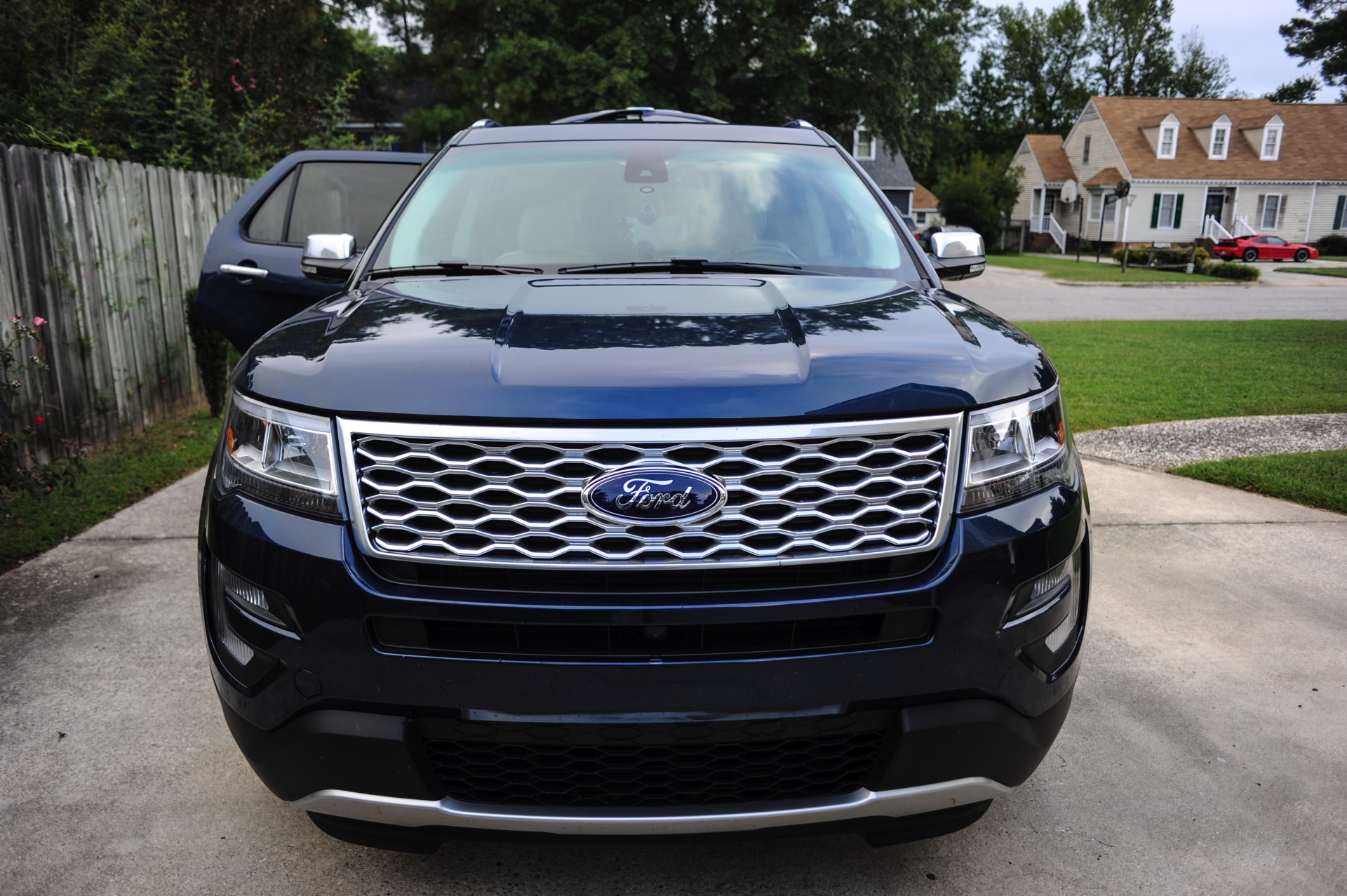
Just as we felt in the Genesis G90, the 2017 Ford Explorer's autonomous braking is freakishly smooth. Smoother than most humans, we'd wager. It's worth remembering that a sensor-laden computer system has no emotion, so it doesn't overreact just because a situation is scary. The same can't be said of most human motorists.
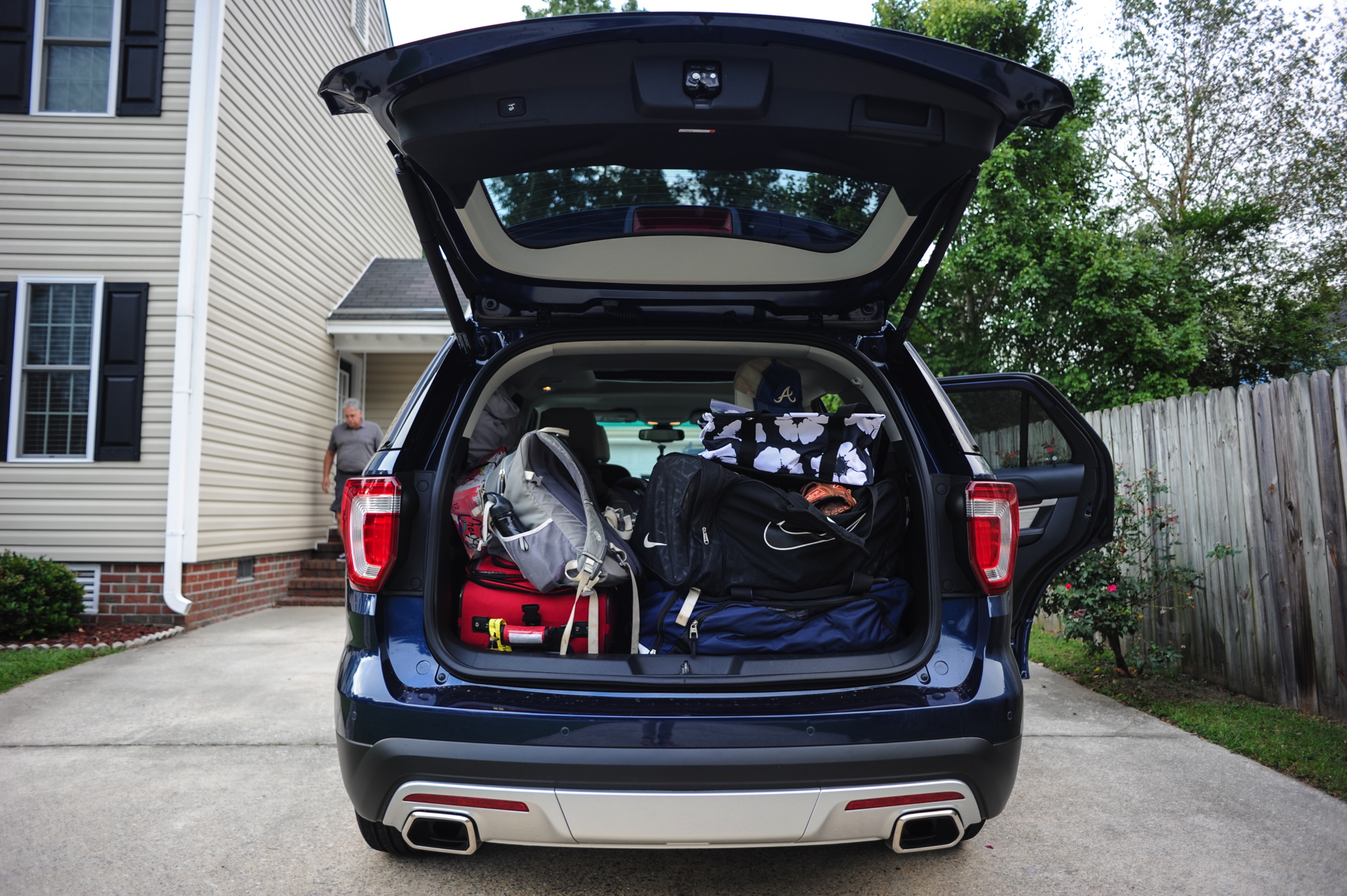
The blindspot monitoring system is world-class, lighting up in both side mirrors whenever a vehicle is encroaching. Even the rain-sensing wiper system is loads more accurate than those we've tested in recent years. Compared to a 2015 Ford F-150 in the TechRadar garage, it's more adept at only swiping when there's adequate rain. Earlier systems tend to overswipe, resulting in near-dry runs that squeak and squeal. During a 100+ mile jaunt that involved everything from monsoon to mist to bright sunshine, the automatic wipers never missed a beat.
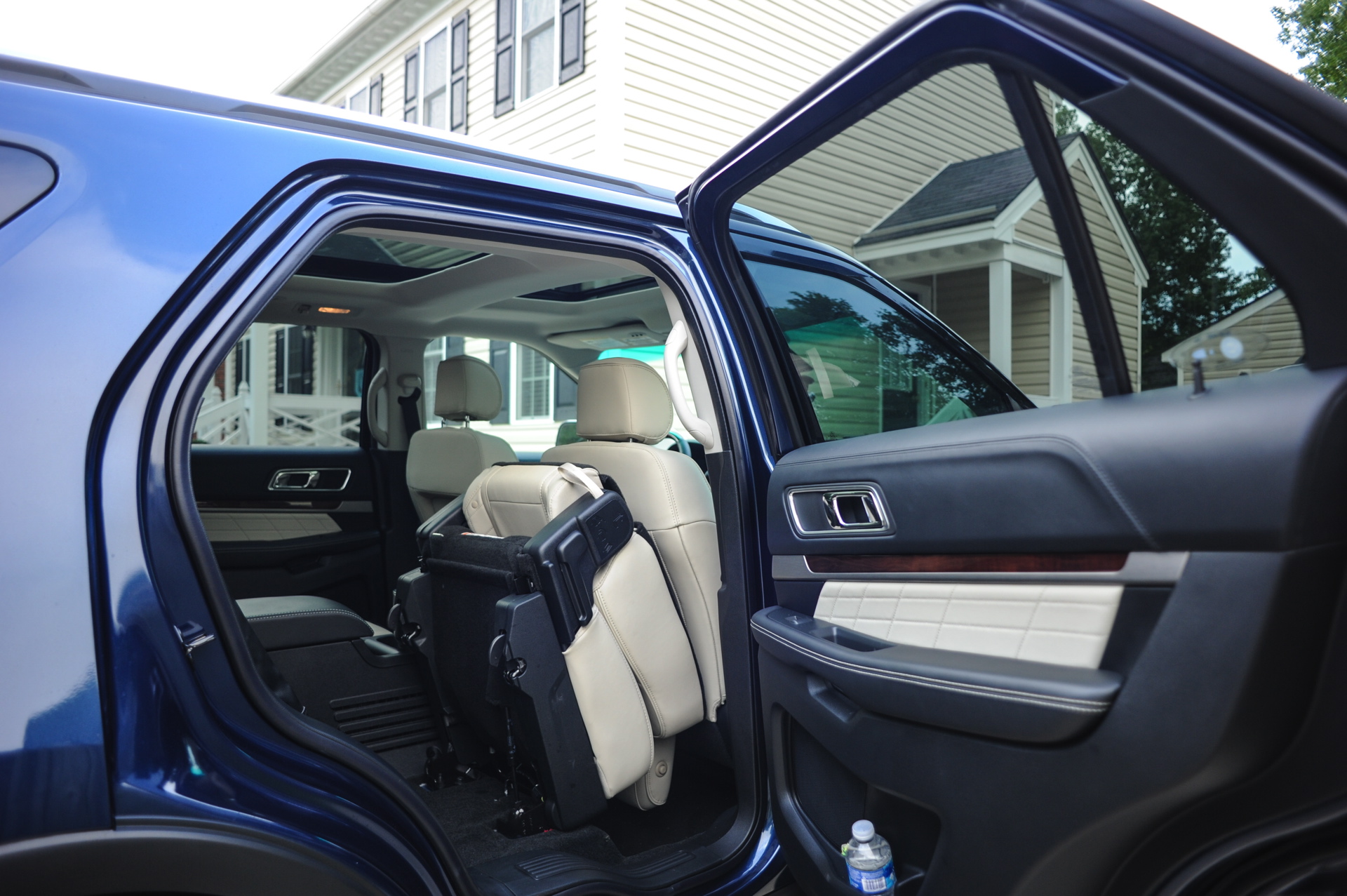
The reverse sensing system and 180-degree front camera worked as advertised, with guide lines helping us to back perfectly into a spot just outside of Turner Field. In our experience, the lane keeping system wasn't as advanced as that seen in the Genesis G90. Our wheel vibrated whenever we came close to leaving a lane unintentionally, but we would've preferred a system that assisted in steering us back to a safe, central lane location.
Interior amenities
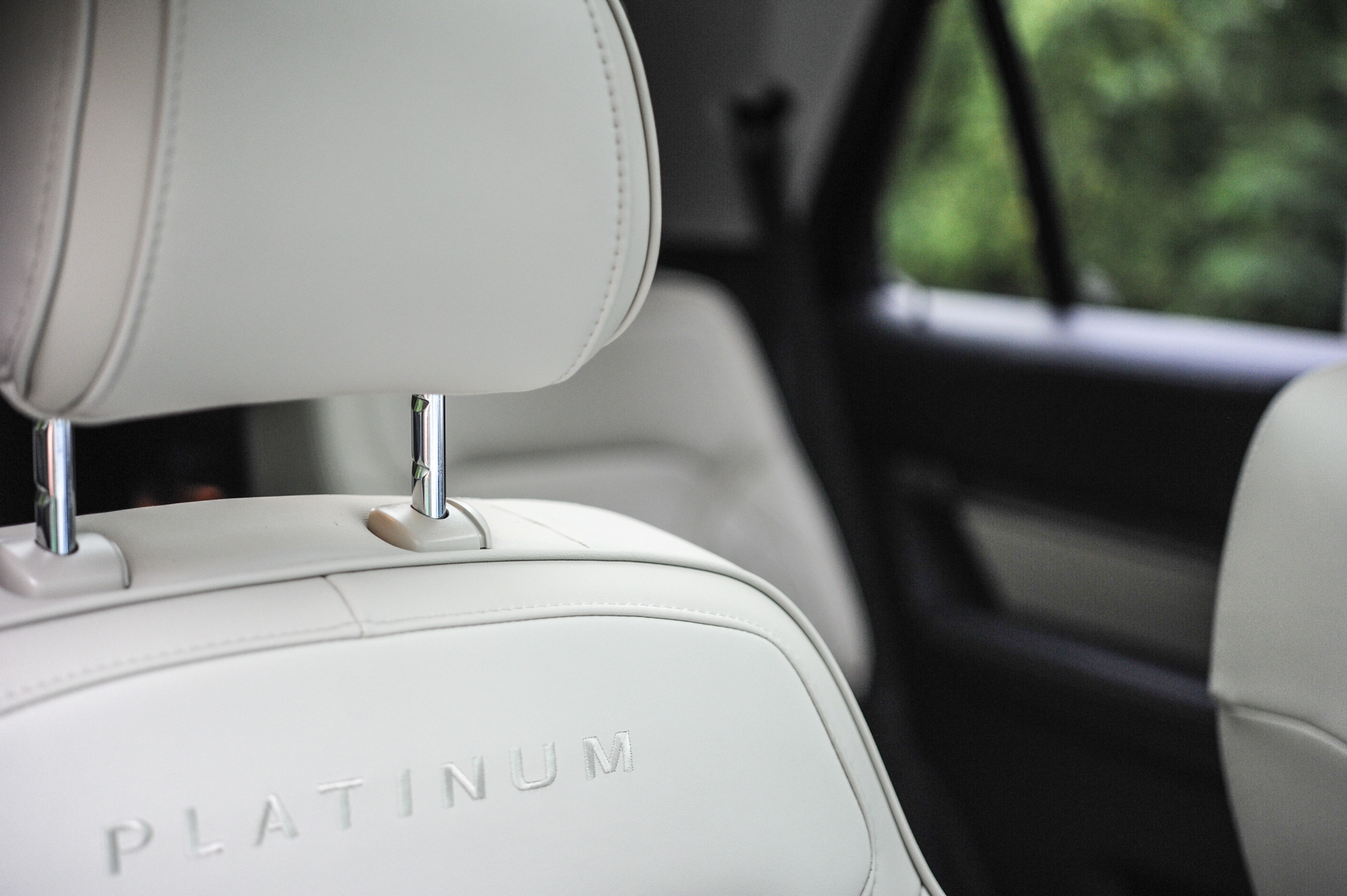
Credit where it's due: Ford's interior design department is simply crushing it right now. Across the board, Ford's interiors punch well above their price range, and never has that been more clear than when ogling the inside of the 2017 Ford Explorer Platinum.

From the wood-grain steering wheel top to the wood accents to the purposeful stitching throughout the cabin, it's astonishing how close this vehicle comes to the Range Rover HSE TD6 we just got out of in the luxury department. Every person I showed this vehicle to had the same reaction: "Wow!" The interior is impeccably designed, from the encircling dashboard to the beautiful displays to the decision to put the on/off toggle for the massaging seats beside the other seat adjustments – right where it belongs.

Speaking of those: they're even better than the ones found in a Range Rover HSE TD6. On the 2017 Ford Explorer Platinum, there are massagers for your legs and your back, not just one or the other. You're also able to independently control the force of each, which is such a first world luxury it hurts to even gloat about it. As with other vehicles, the massaging function (which is available to the driver and front passenger) kicks off after about 15 minutes. Which is right about the time you'll reach down and toggle it back on again.
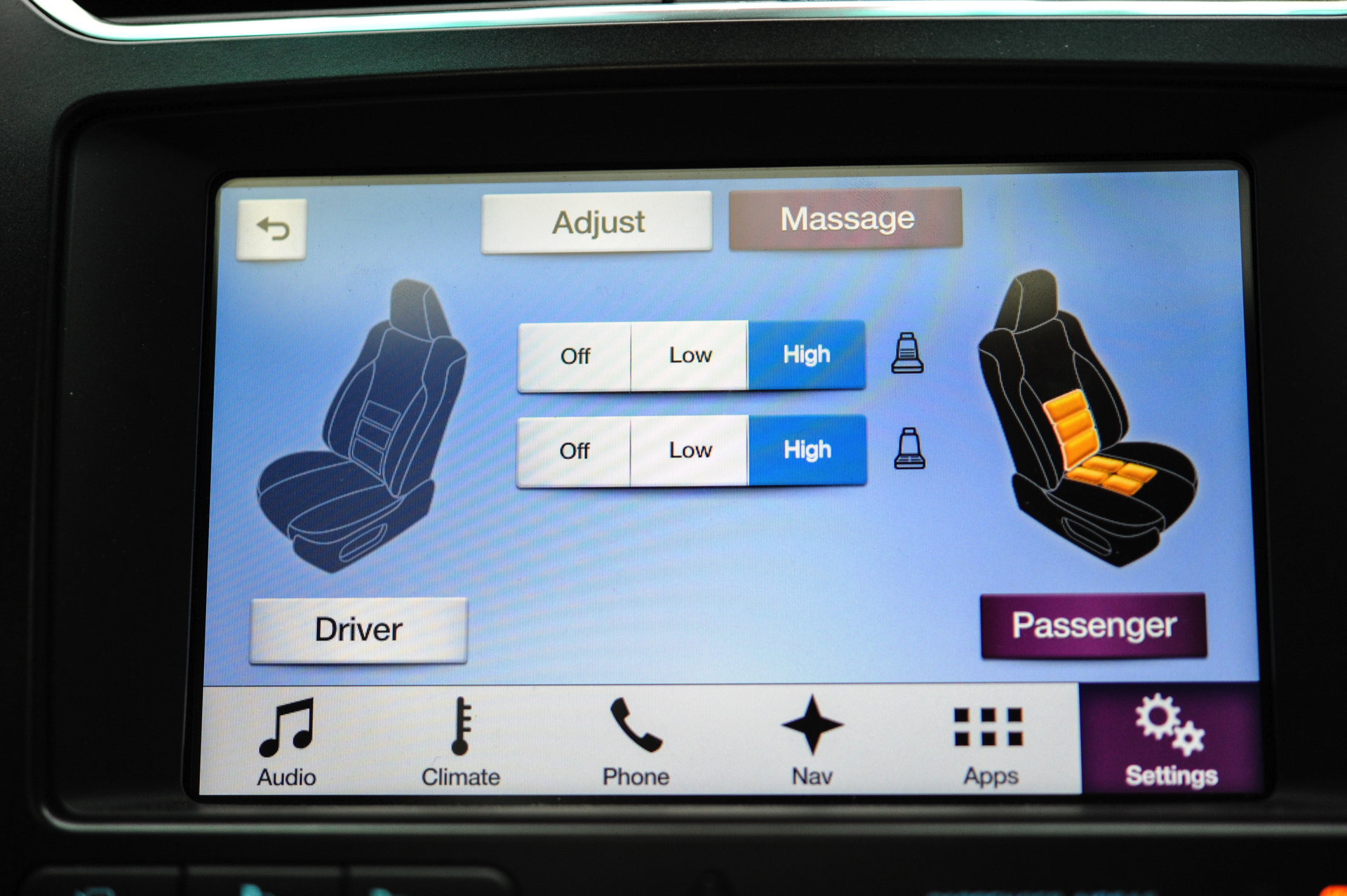
Also new to the 2017 Ford Explorer family is SYNC 3, which is a monumental upgrade from SYNC 2. Siri Eyes Free is included for iPhone users, and even those who don't bring their smartphones along will be thrilled at the responsiveness of the system. Gone are the days of mushy in-car touch panels and maddening amounts of lag; the 8-inch capacitive display responds to presses nearly as fast as flagship smartphones, which is rightly or wrongly the baseline that we all judge by these days.

Too, the user interface has been tweaked and polished, making it easier to get things done. The navigation system received a particularly noteworthy update, with a better search function and a POI engine that's actually useable.
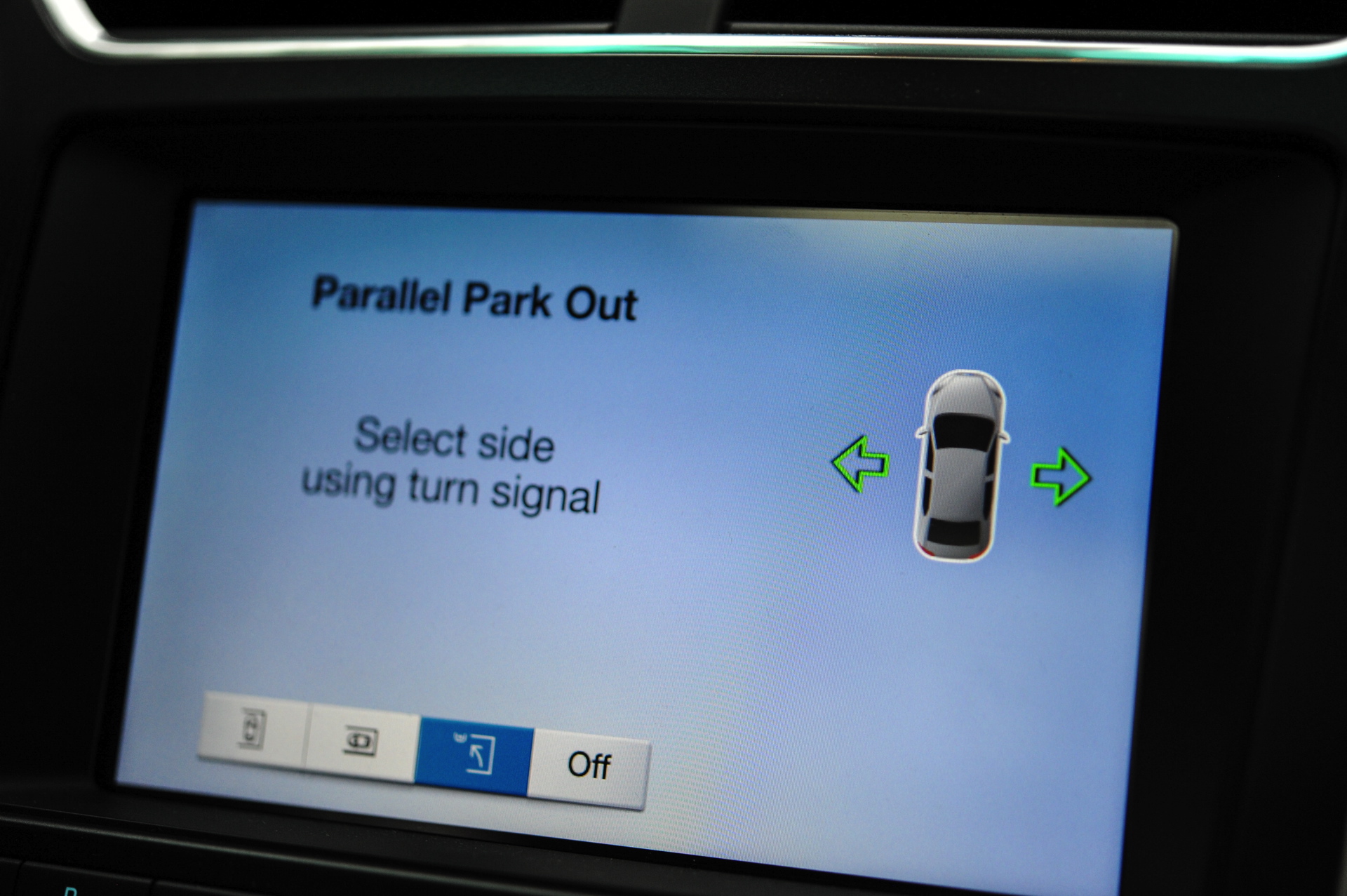
Being honest, though, most tech-centric buyers aren't apt to see much of that. They'll spend most of their time engrossed in either CarPlay or Android Auto, both of which are included here. There's no point in rehashing what each of those offer – other than to lament the fact that CarPlay users can't use Google Maps onscreen – but as we saw in the 2017 Ford Escape, it's lovely to give both options to buyers.
Family sensibilities
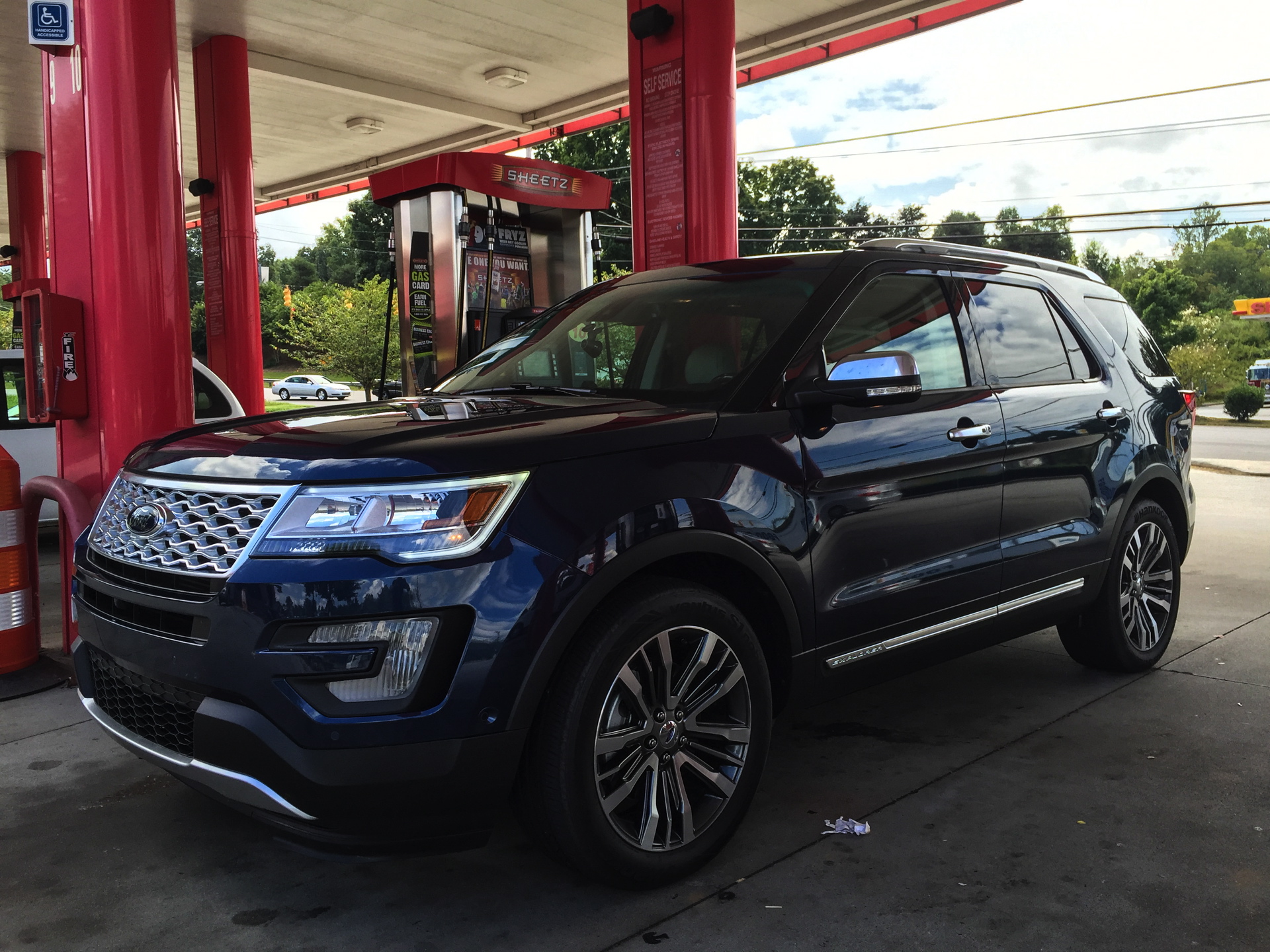
With seating for up to seven adults, the Explorer strikes a vital middle-ground for many families. The fuel economy is solid enough for a solo daily driver – we averaged 21.6MPG over nearly 1,200 miles of highly varied terrain, and that's with the car loaded down – yet it's the perfect SUV to house a group of friends. The sound deadening ensured that we could have three rows worth of conversation without having to yell, and the stadium-style seating allows even those in the very back to get a peek of what's ahead.

You'll be hard-pressed to find the laundry list of luxuries and must-have safety inclusions on an SUV that's priced in this range and looks this good. Even on an extended haul, every single passenger was comfortable. The folks in the back had access to a pair of USB ports and a 110v AC port – ideal for recharging phones and powering a laptop on the road.

Part of what continues to make the Ford Explorer so desirable is its jack-of-all-trades mantra. Our tester was equipped with a Class III trailer tow package – something you'd normally only associate with a full-sized pickup truck. The terrain management system is something you'd typically only associate with a Jeep. The luscious leather is something you'd expect in a Jaguar.
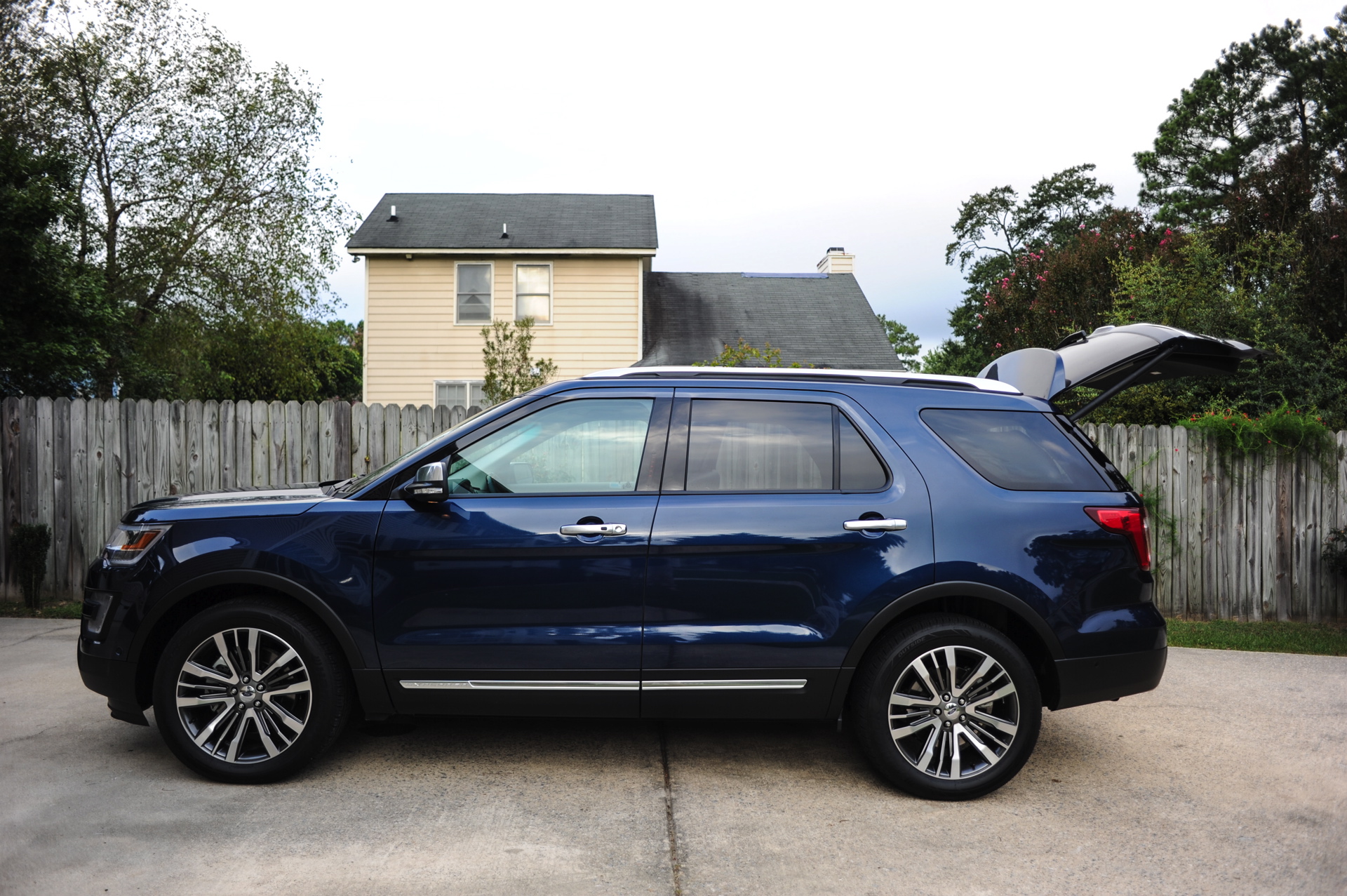
The 2017 Ford Explorer manages to do a lot of things, and a lot of things well. It's reliance on tech has enabled it to encroach on luxury players like BMW and Mercedes-Benz, yet it's as approachable and instantly drivable as any Ford before it.
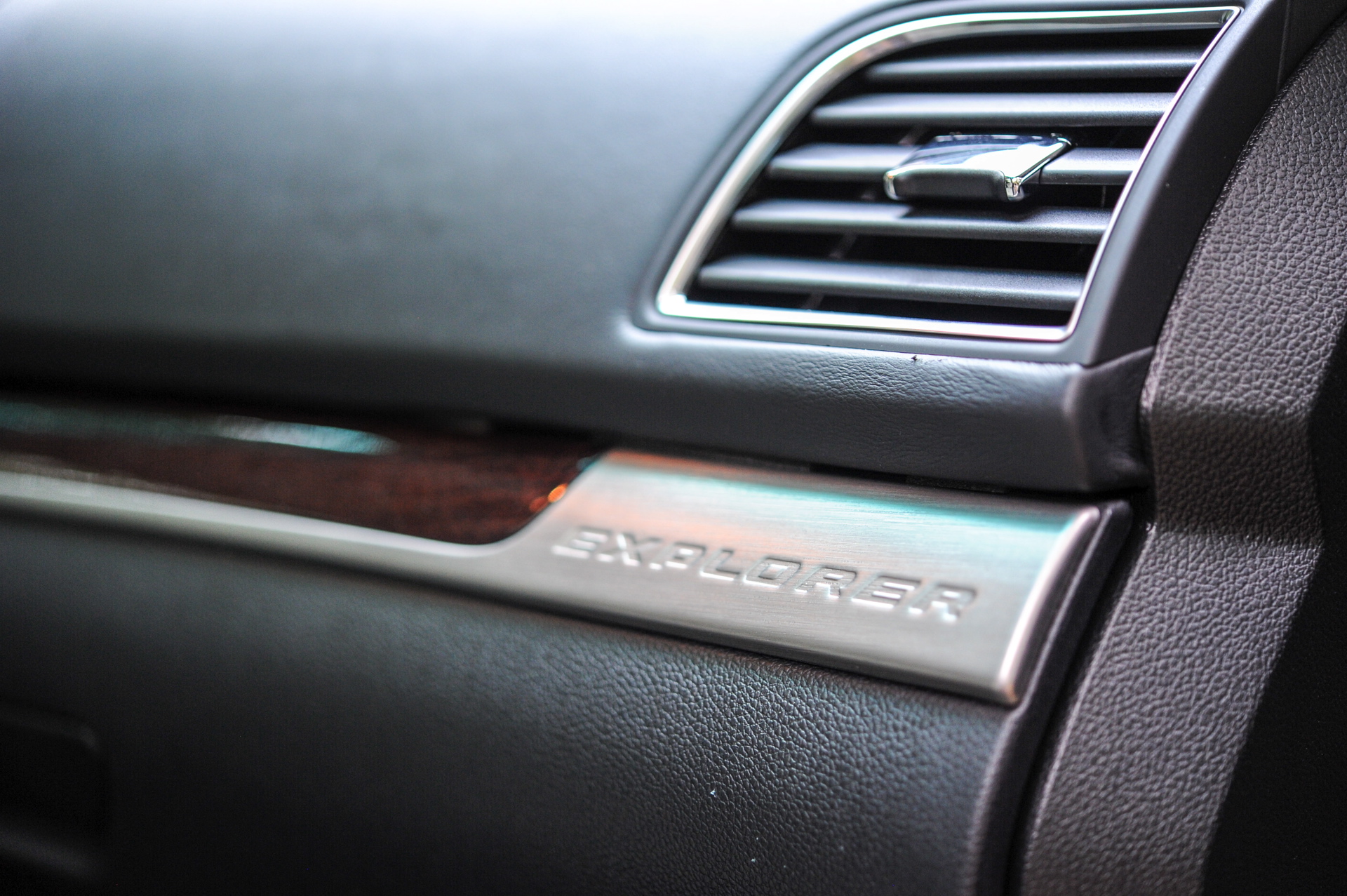
You'd think that Ford would've stalled at this point when it comes to remaking an SUV that has been around for what feels like eons, but nothing could be further from the truth. And to think – you'll probably be able to buy a self-driving version in the not-too-distant future.
